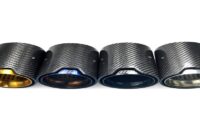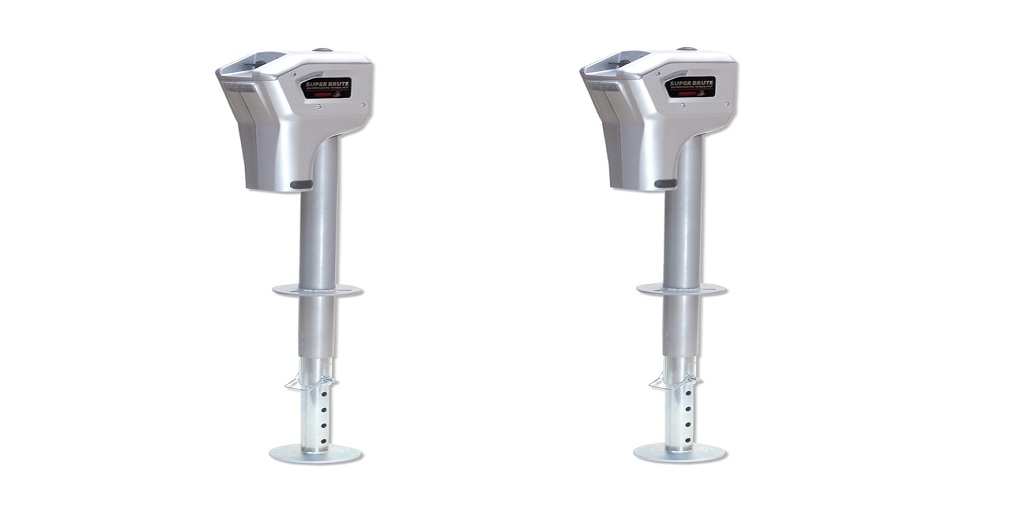Chamfering is a machining process that involves the creation of a beveled edge or angled cut along the edge of a workpiece. This process serves several purposes and provides significant value in the machining process.
But what is the purpose and value of chamfering?
What is a Chamfer Mill?
A chamfer mill is a specialized cutting tool used in machining processes to create chamfered edges on workpieces. It features a conical or tapered shape with cutting edges along its sides and end.
The purpose of a chamfer mill is to remove material from the edge of a workpiece, producing a beveled or angled surface.
Chamfer mills are commonly used in various industries, including metalworking, woodworking, and plastics. They are particularly useful for deburring sharp edges, reducing the risk of injuries, improving aesthetics, and facilitating assembly or joining processes.
These mills come in different variations to accommodate various cutting angles, sizes, and materials. Common chamfer angles include 45 degrees, 60 degrees, and 90 degrees, although other angles can be available depending on specific applications.
The selection of the appropriate angle depends on the desired chamfer size and the specific requirements of the machining operation.
Chamfer mills are typically made from high-speed steel (HSS) or carbide materials, which offer excellent cutting performance and durability. Carbide chamfer mills are especially favored for their high wear resistance and longer tool life.
To use chamfer mills, it is mounted onto a milling machine or a CNC (Computer Numerical Control) milling center. The workpiece is securely clamped, and the milling machine is programmed to move the chamfer mill along the edges of the workpiece to create the desired chamfered profile.
The feed rate, depth of cut, and spindle speed are adjusted to achieve the desired results while considering the workpiece material and the specific characteristics of the chamfer mill.
What makes Chamfering a Valuable Step
Since they play a significant role in enhancing the appearance, functionality, and safety of workpieces across various industries, chamfer mills offer the following benefits in the machining process.
Deburring and Edge Smoothing
Chamfering helps in removing sharp edges and burrs that may be present after machining operations. By creating a beveled edge, chamfering eliminates sharp corners and reduces the risk of injuries during handling and assembly. It also improves the overall safety of the workpiece.
Ease of Assembly
Chamfered edges facilitate the assembly process by providing a smooth transition between mating parts. The beveled edge allows for easier alignment and insertion of components, reducing the chances of interference or misalignment during assembly.
This is particularly beneficial in applications where precision and efficiency are essential.
Enhanced Strength and Durability
The chamfered edge distributes stress and load more evenly across the workpiece. By removing sharp corners, the stress concentration is reduced, which helps prevent cracks and fractures.
This chamfer design modification can increase the overall strength and durability of the workpiece, particularly in applications that experience high loads or cyclic loading.
Improved Visual Aesthetics
It can enhance the visual appearance of a machined part or component. The beveled edge creates a clean and finished look, giving the workpiece a more polished and professional appearance.
This is particularly important in applications where aesthetics are important, such as consumer products or components visible to the end-users.
Facilitation of Surface Finishing
Chamfering can simplify subsequent surface finishing processes, such as painting, plating, or coating. The beveled edge allows for smoother and more uniform application of coatings, reducing the risk of irregularities or excess buildup along sharp edges.
It also promotes better adhesion of coatings, enhancing their overall quality and longevity.
Using a mill for chamfering serves multiple purposes and provides valu, and promotes efficient chip flow. Incorporating chamfering into machining operations can improve the overall quality, functionality, and safety of machined components.












